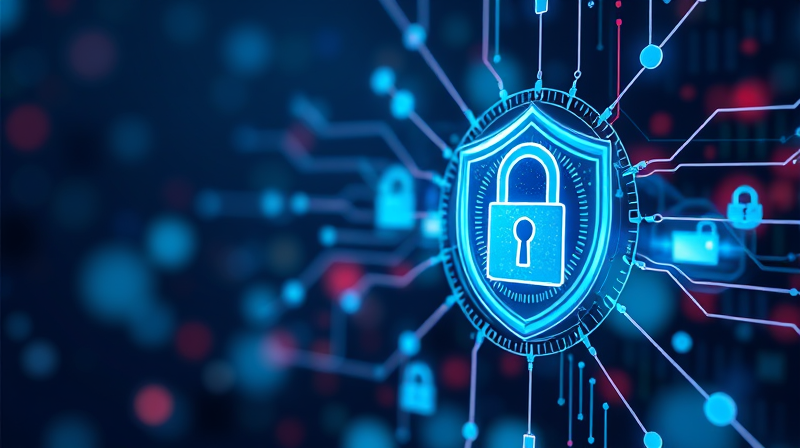The digital age comes with incredible opportunities and, unfortunately, equally advanced threats. As technology continues to evolve and integrate into our daily lives, securing your online presence becomes not just a necessity but a way of life. This article outlines essential practices that empower you to stay safe, secure, and in control of your digital footprint.
Protecting your online identity means understanding the various risks associated with today's digital landscape. Cyber threats, from hacking attempts to phishing scams, grow more sophisticated each year, compelling everyone from casual users to professionals to adopt more stringent cybersecurity measures.
Building a Strong Digital Foundation
One of the primary measures to shield yourself involves adopting a robust approach to password management. The first line of defense is establishing unique and strong passwords for every account you own. The effectiveness of these passwords lies in their complexity. Consider the following strategies:
- Create passwords with at least 8 characters, ensuring they include a blend of uppercase and lowercase letters, numbers, and special symbols.
- Steer clear of common and easily guessable patterns such as birthdays, names, or repetitive sequences.
- Utilize a reliable password manager to help generate and store complex passwords. This not only simplifies management but also significantly reduces the risk of breaches.
Having a well-organized and secure system for passwords is critical as it forms the backbone of your cybersecurity strategy.
Beyond strong passwords, enabling multi-factor authentication (MFA) offers another layer of protection. MFA requires a secondary form of identity verification, making it dramatically more challenging for attackers to gain unauthorized access even if your password is compromised.
- Verification can be through a mobile code, biometric data, or even a physical token.
- This second factor fortifies your defenses and provides peace of mind knowing that your accounts have been secured against simple password attacks.
Regular software updates cannot be underestimated either. Keeping your operating systems, applications, and even firmware current ensures vulnerabilities are patched immediately. Automatic updates are particularly useful for staying ahead of emerging security threats.
It is equally important to be vigilant about the emails you open. Phishing remains one of the most common tactics used by cybercriminals. They design emails that appear trustworthy in order to trick you into revealing sensitive information or downloading malware.
- Always verify the sender's email address and look out for irregular requests or suspicious links.
- Implementing email security tools can further assist in filtering out potential threats.
Devices should be protected by reputable antivirus and anti-malware software. Regular scans and constant updates of these tools ensure that threats are detected and resolved before they can inflict any damage.
Securing your network is another pillar of cybersecurity. This begins at home with your Wi-Fi network. Utilize strong encryptions, such as WPA3, which protect against known vulnerabilities and offer enhanced security. Changing the default router password is an essential step in preventing unauthorized access to your network.
For scenarios that demand accessing sensitive data while on the go, using a Virtual Private Network (VPN) is advisable. A VPN encrypts your data, providing an invisible layer of security that safeguards your digital transactions whether you're in a café or an airport waiting lounge.
The importance of encrypting sensitive data, both at rest and in transit, cannot be overlooked. Encryption converts your data into a secure format that can only be deciphered with the correct decryption keys, thereby protecting your information even if it falls into the wrong hands.
Backing up your data is an essential safety net against unforeseeable events like hardware failures or ransomware attacks. Regular backups, stored securely off-site or on reputable cloud services, ensure that your personal and professional digital assets are never permanently lost.
Continuous Learning and Vigilance are fundamental to long-term digital safety. Cyber threats are ever-evolving, and staying updated through trusted sources like the Federal Trade Commission (FTC) or cybersecurity blogs can equip you with the latest knowledge and defense strategies.
Little by little, integrating these measures into your daily digital habits creates a resilient shield against cyber threats. It is a journey of continuous improvement—adopting new tools, techniques, and knowledge as the landscape of cybersecurity shifts and expands.
Remember, your digital safety is not a one-time setup but an ongoing commitment. By implementing these essential practices, you are not only protecting your personal information but also contributing to a safer digital community. Empower yourself by staying informed, vigilant, and proactive in the face of cyber threats.
Let your digital journey be marked with confidence and security. Every step you take towards strengthening your cybersecurity posture builds a safer digital environment for you and for everyone you interact with online.








